I hear all graphics programmers have made one. Well, after some years of OpenGL so did I. At the time I decided I didn’t like the randomness and duplication of typical Monte Carlo raytracers and tried my hand at the older and slower recursive branching kind.
The code is still available on github. Sorry.
I started work on a this in Oct 2012, mainly just for fun but also for a comparison to shader based approximations. I’m sure it could be much faster with a GPU. I chose not to use one. I’ll post rendering times when I’m good and ready.
Gallery
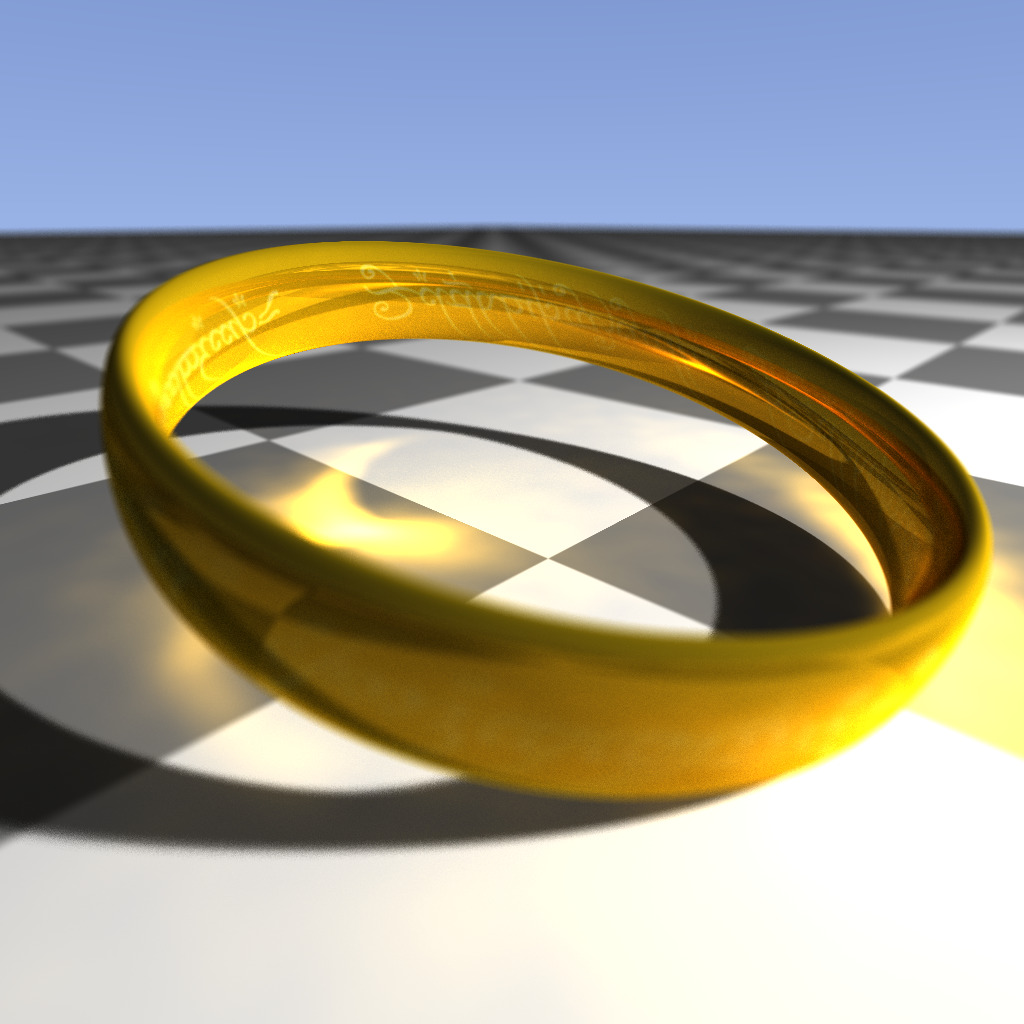
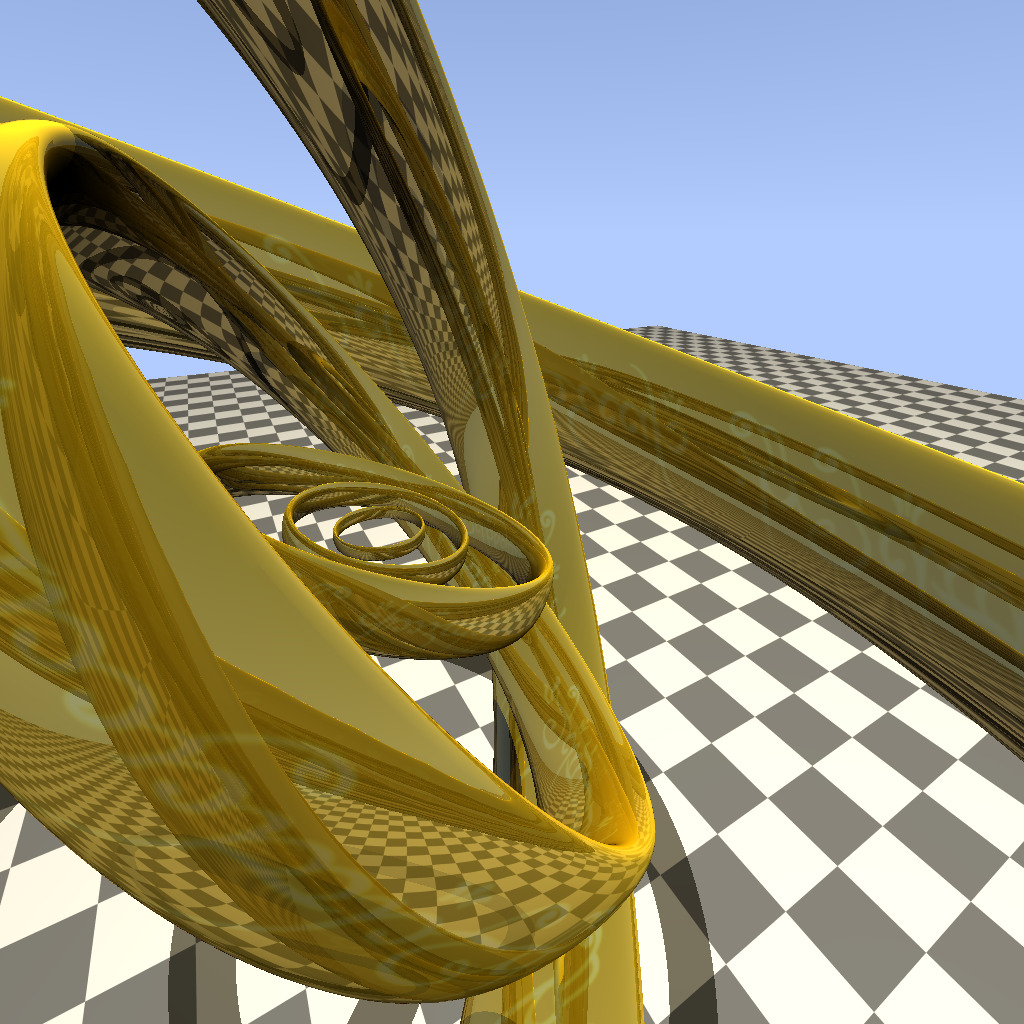
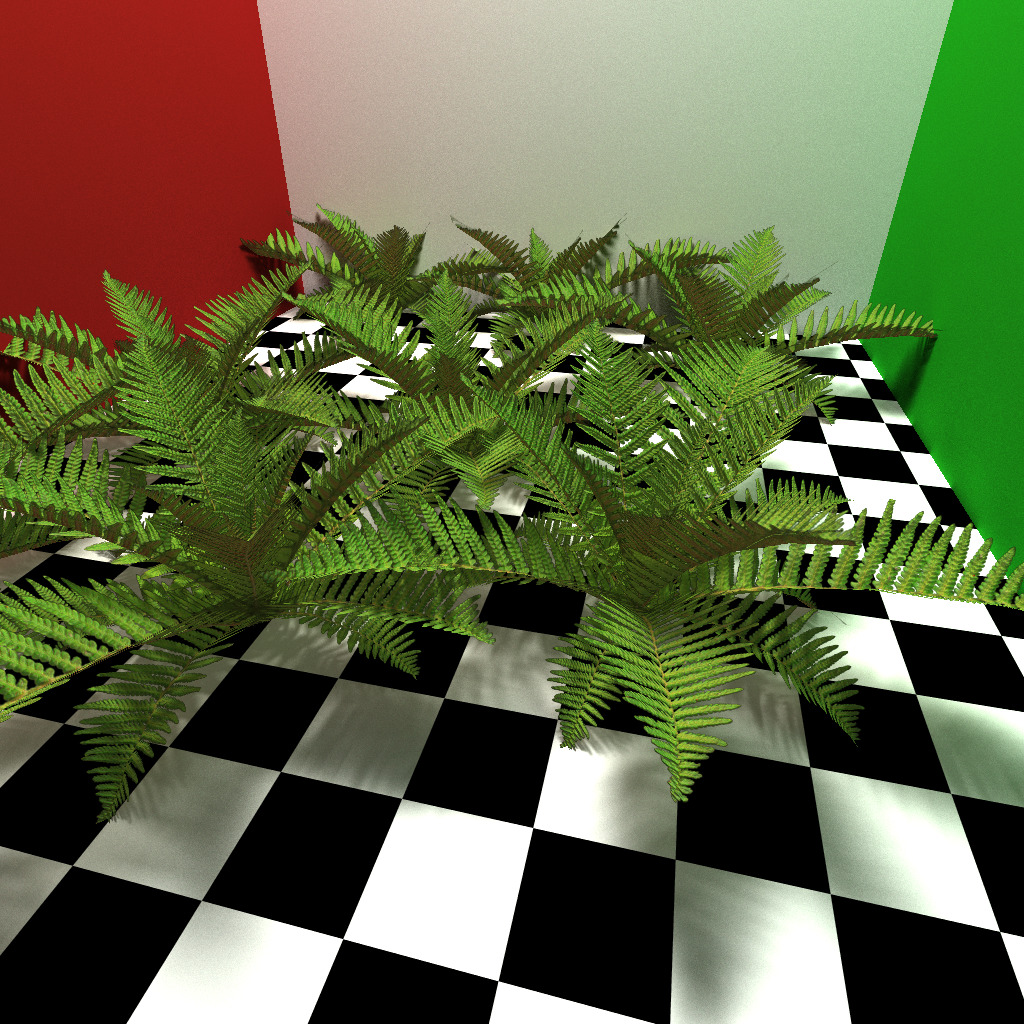
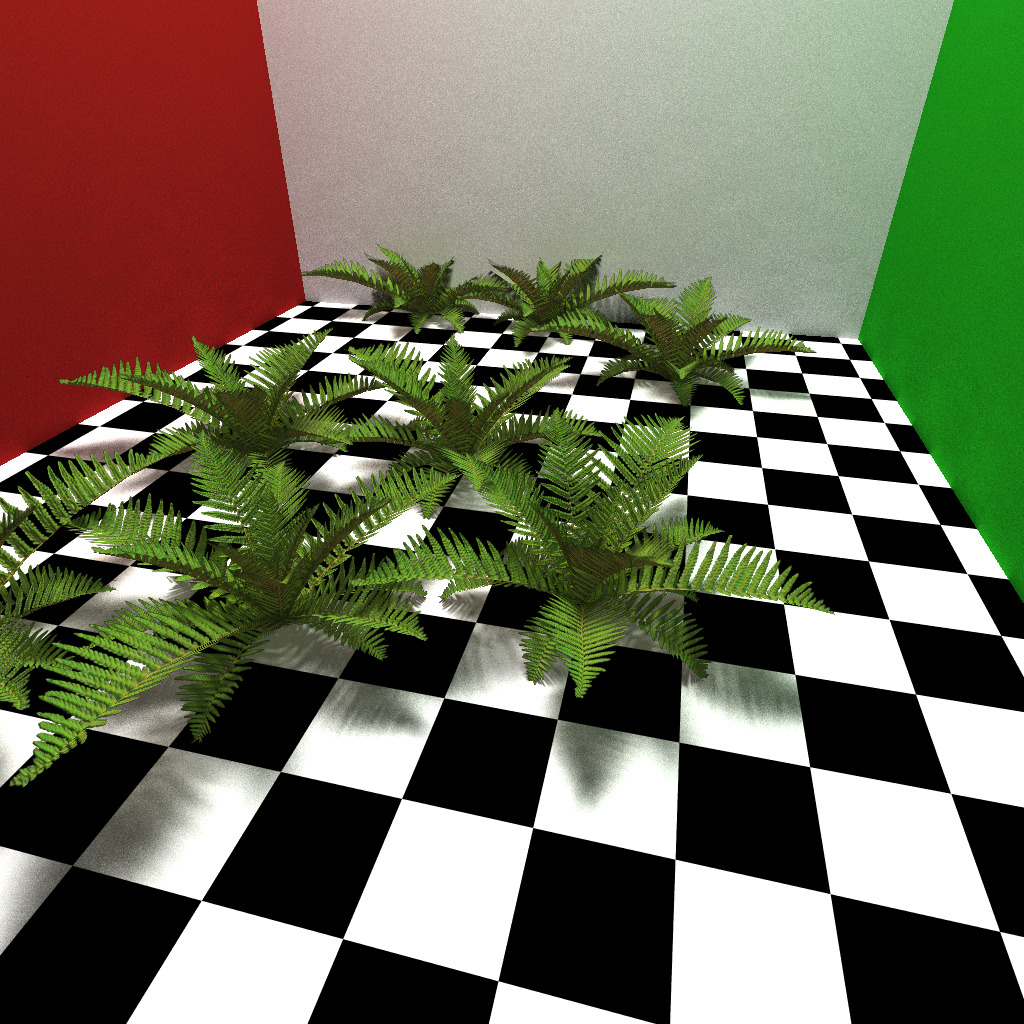
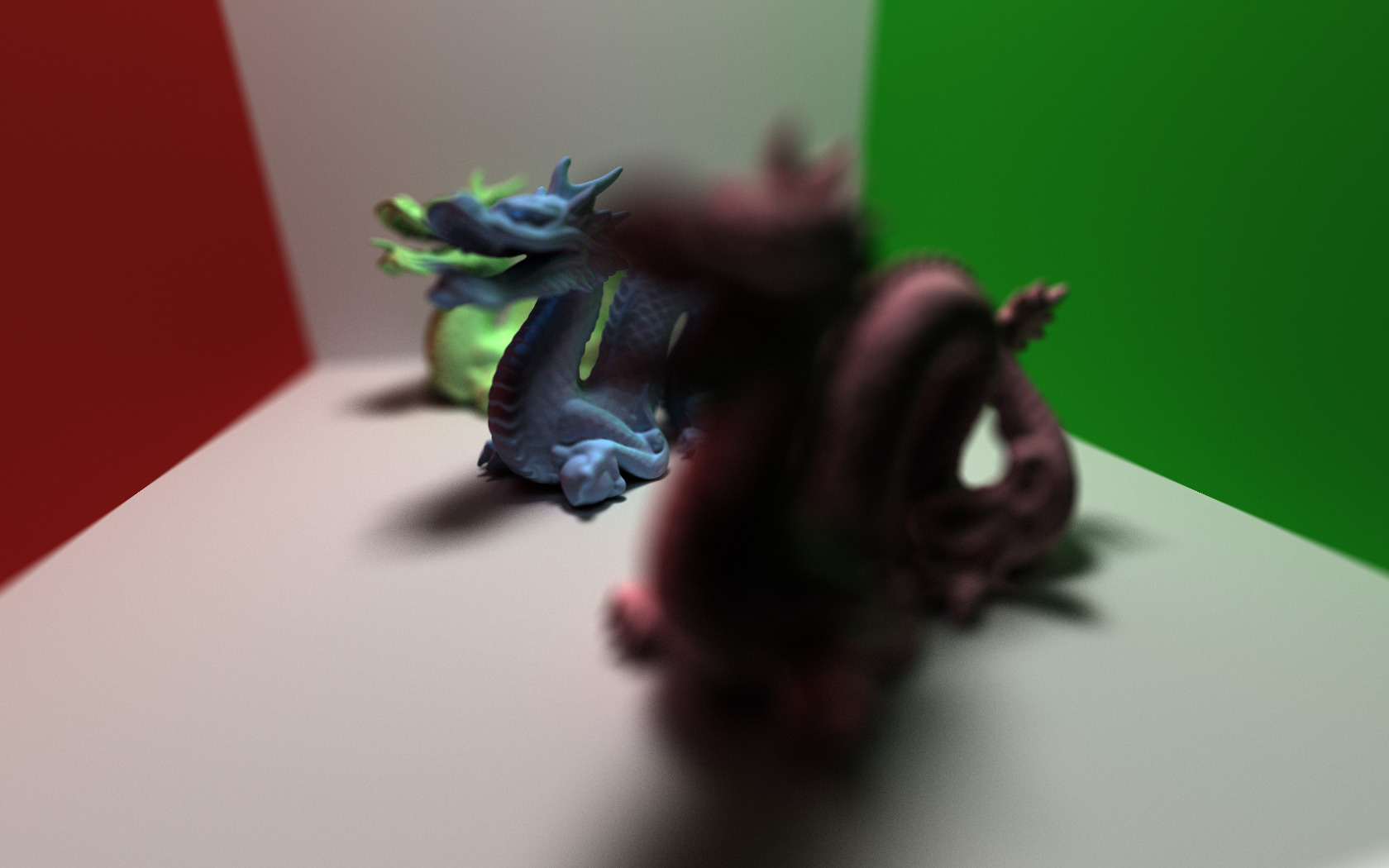

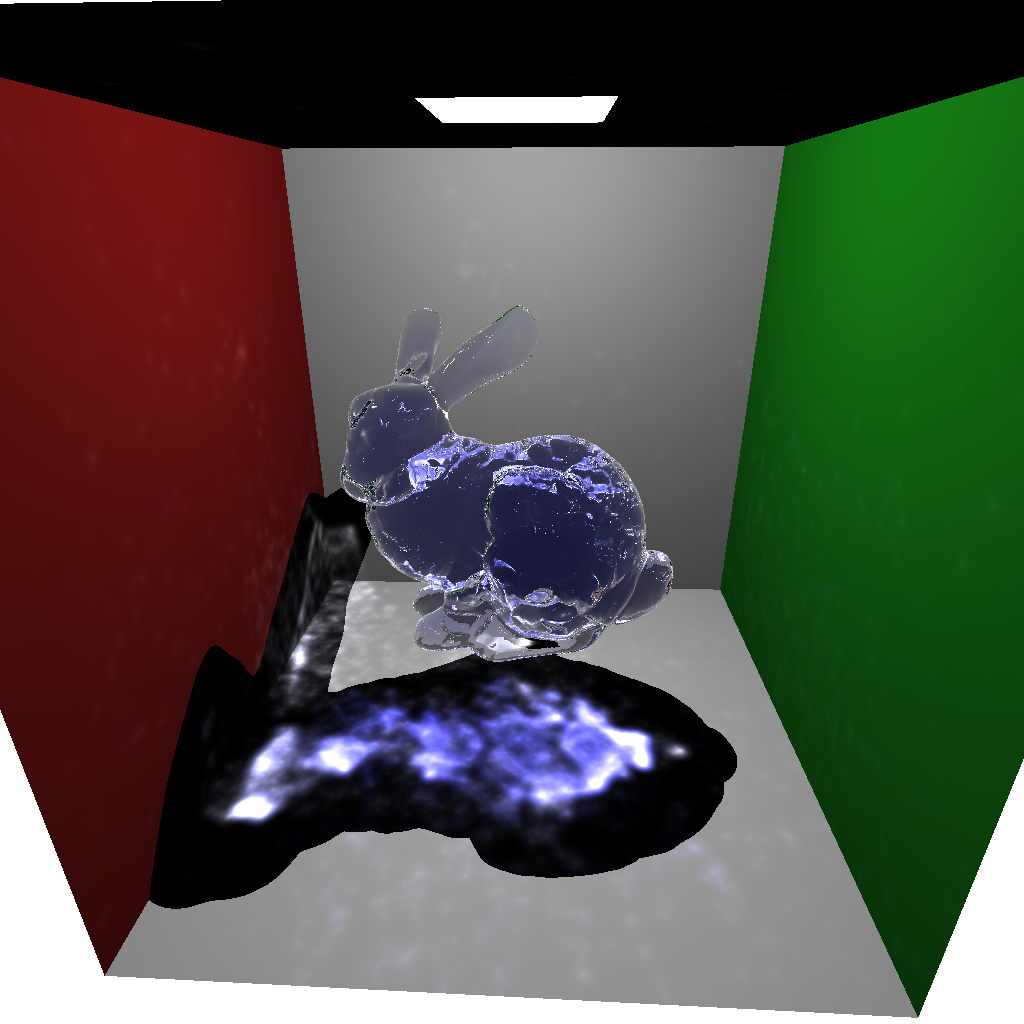
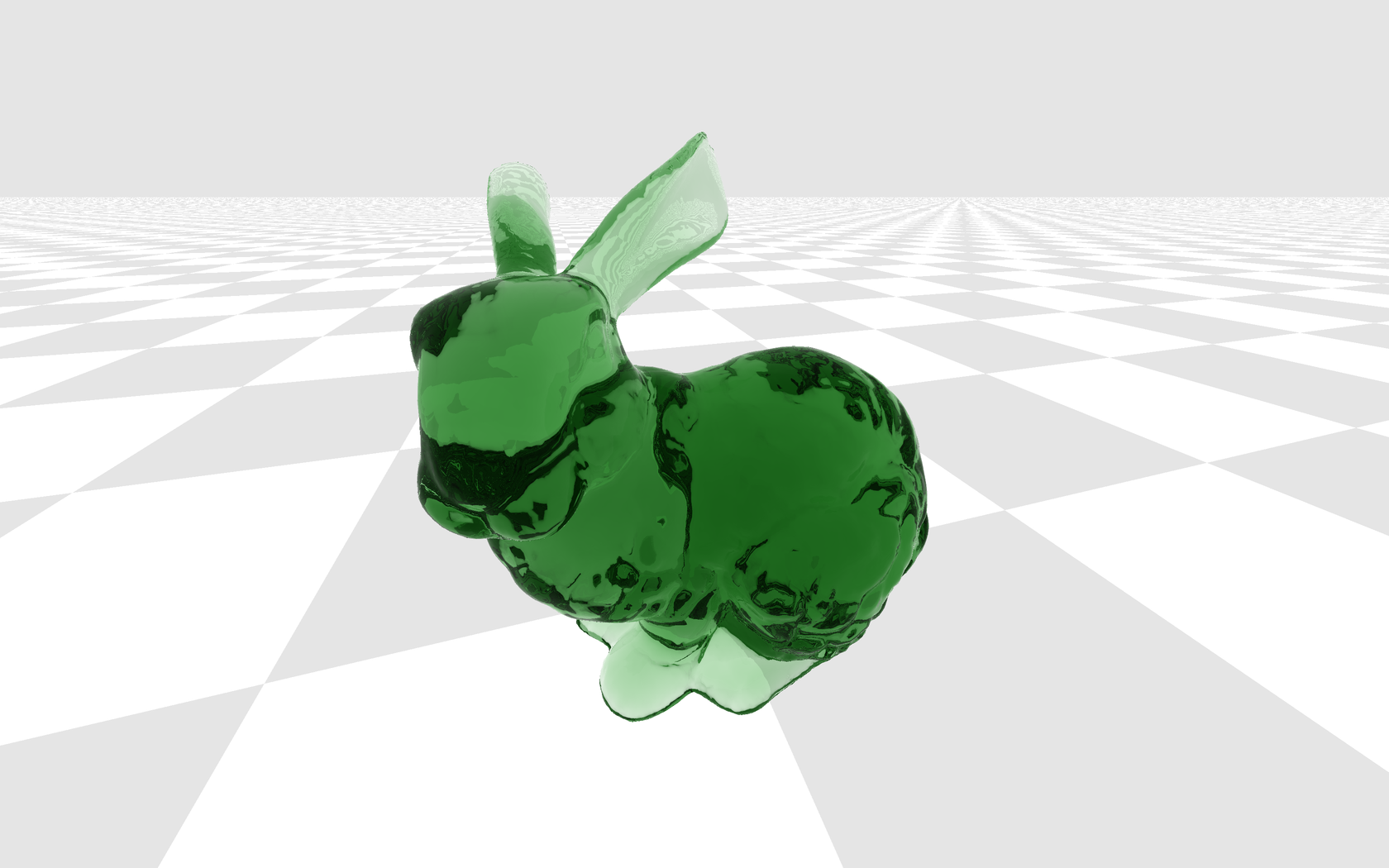

Tech
At the core of the raytracer is the spatial data structure. I didn’t mess around with any BVH nonsense :P. This thing was made to render one mesh only. I decided I wanted a kd-tree + surface area heuristic (SAH). I then followed and implemented the algorithm described by: On building fast kd-Trees for Ray Tracing, and on doing that in O(N log N).
It also includes the technique described in Tracing Ray Differentials to anti-aliase texture sampling. You’ll note crisp checkerboard filtering in the image of the gold rings despite aliasing at geometry edges. That’s just one ray per pixel!